Quiver treeDescription
This distinctive tree aloe has smooth branches, which are covered with a thin layer of whitish powder that helps to reflect away the hot sun’s rays quiver tree . The bark on the trunk forms beautiful golden brown scales, but beware, the edges of these scales are razor sharp. The crown is often densely rounded as a result of the repeatedly forked branches, hence the species name dichotoma. (dichotomous meaning forked). The blue-green leaves are borne on terminal rosettes, but in juvenile plants the leaves are ranked in vertical rows. The bright yellow flowers are borne from June to July.
The young flower buds can be eaten and have a similar appearance and taste to asparagus. Sugar birds are drawn to these flowers in winter where they feed on the nectar produced by the flowers. Aloidendron dichotomum is an extremely tough tree that may reach an age of over 80 years and a height of approximately 7 metres quiver tree .
Distribution and habitat
This species is a conspicuous component of the arid parts generally known as Namaqualand and Bushmanland. It occurs in rocky areas, from near Nieuwoudtville northwards into Namibia and eastwards to Upington and Kenhardt.
Derivation of name and historical aspects
The earliest record of A. dichotomum was made by Simon van der Stel (Governor of the Cape at the time) on his northward journey to the Copper Mountains in 1685. His record reads quiver tree , “Aloe arborescens; its trunk is sometimes 12 feet high, and it has a beautiful, clear and copious sap from which excellent gumma aloes could probably be made in large quantities. Its bark is rather hard but the pith is soft, light and spongy. The branches of the trees are used by the natives (Bushmen) as quivers for their arrows. They hollow them out and cover the one end with a piece of leather and thus skilfully make from this tree, which they call Choje, a strong and serviceable quiver. October 15th” quiver tree .
Be the first to review “Quiver Tree | Aloe Dichotoma” Cancel reply
Related products
San Pedro Peyote Cactus




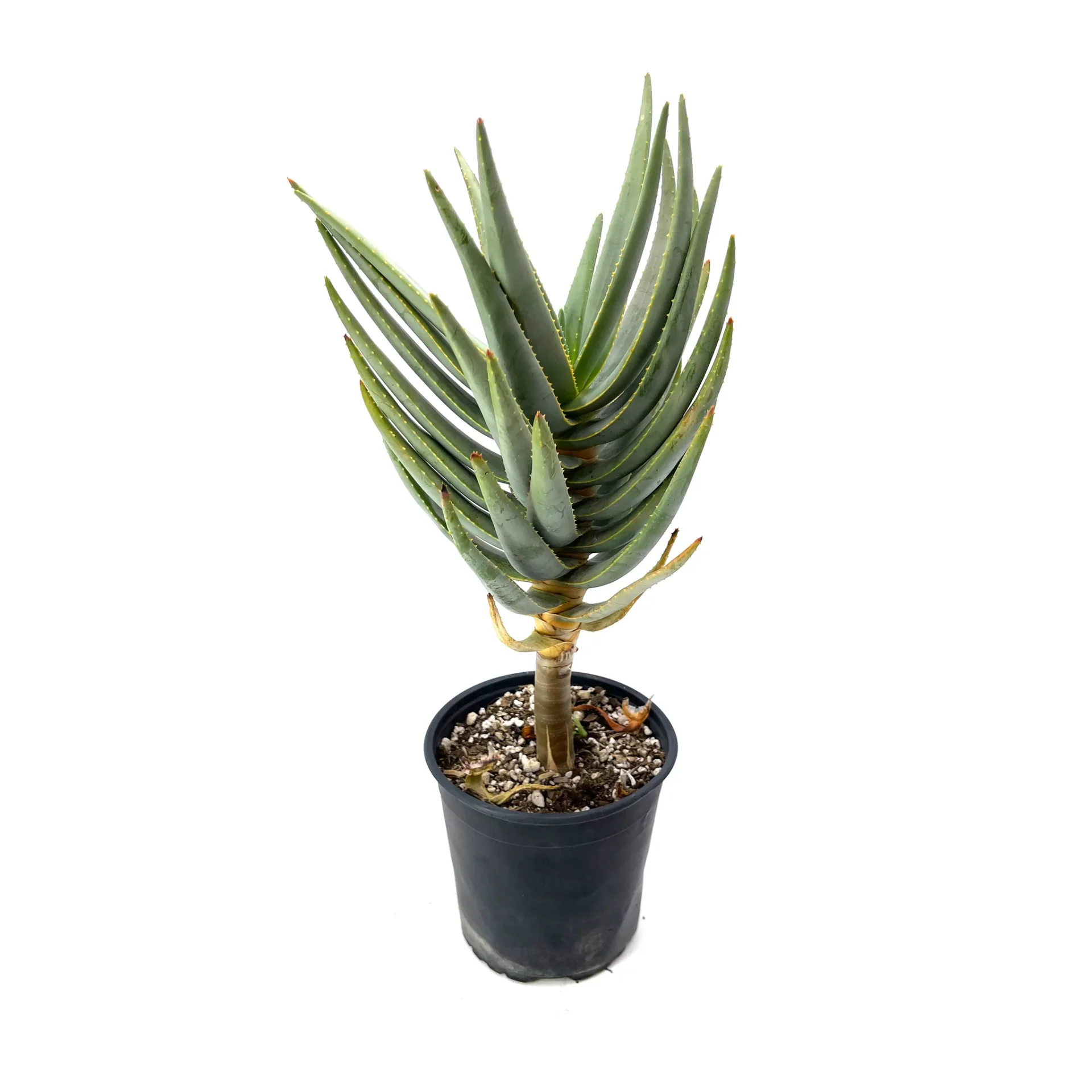

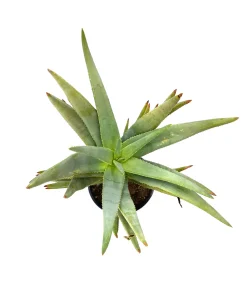
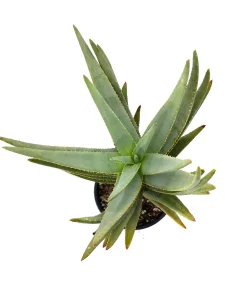
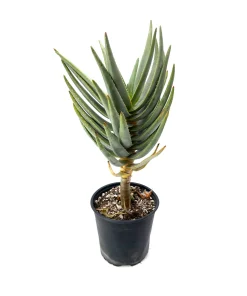

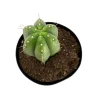




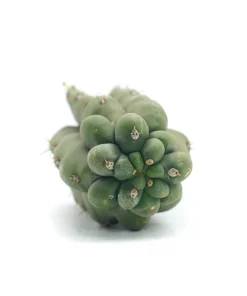




Reviews
There are no reviews yet.